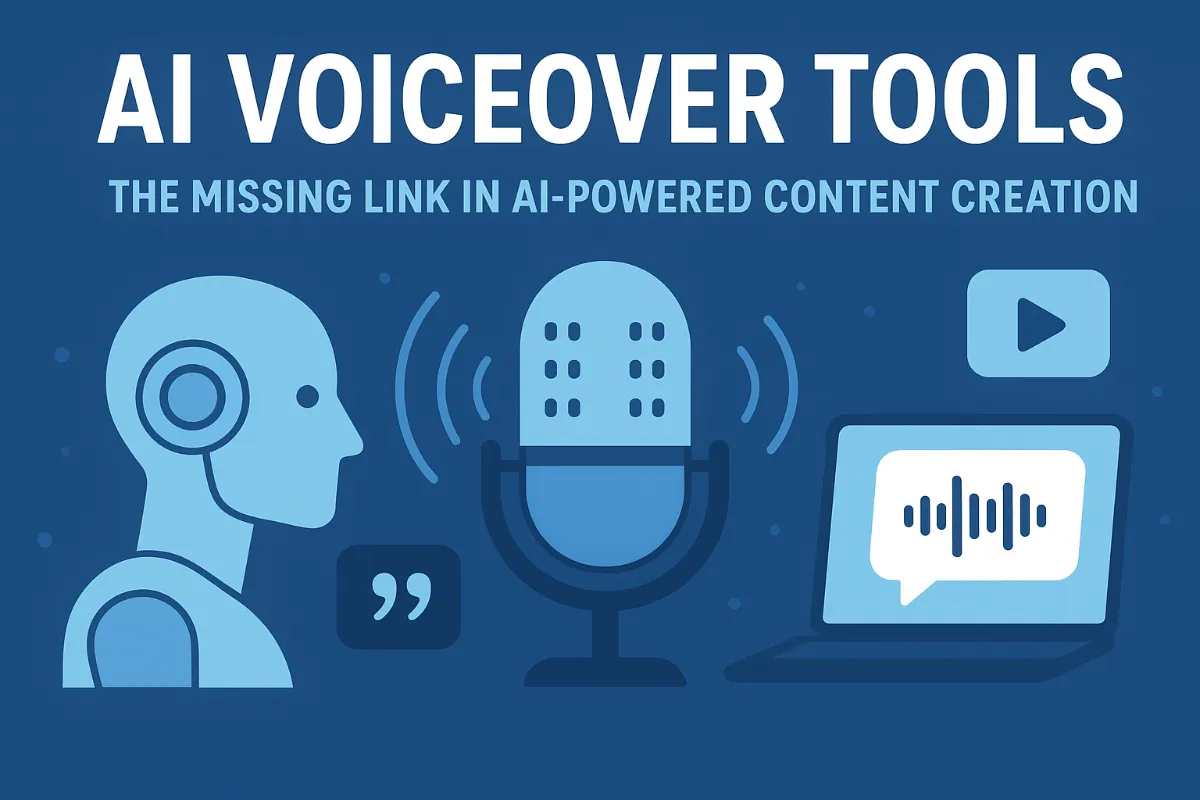XAI Unlock AI Clarity for Smarter Decisions
TL;DR
Decoding AI The Need for Explainable AI
Ever feel like ai is making decisions behind a curtain? It's a bit unsettling, right? That's where explainable ai (xai) comes in.
- Transparency matters: xai aims to make ai's decision-making process clear, not a mystery.
- Trust is earned: By understanding how ai arrives at a conclusion, trust in the system grows.
- Ethics and ai: It's not just about efficiency; xai also bridges ethical gaps, ensuring ai aligns with human values. xai promotes responsible ai deployment.
The "black box" problem in AI refers to situations where the internal workings of an AI model are opaque, making it difficult or impossible to understand why it made a particular decision. This lack of transparency is a concern because it can lead to issues with bias, errors, and a general inability to trust or debug the system. Without understanding the reasoning, we can't be sure if the AI is making fair, accurate, or even safe decisions.
So, how do we get from "black box" to "glass box"? Let's dig in to the black box problem.
Why XAI Matters Key Benefits
Okay, so why should anyone care about xai? Well, it's not just techy buzz—it actually matters, a lot.
xai helps people trust ai-generated results, and that's pretty important.
Transparency lets people see if things are fair and accurate, not just some random guess.
Think about healthcare: you really want to know why an ai says you need a specific treatment, right? Same goes for finance; nobody wants their loan denied by a mysterious algorithm.
Regulations are coming, and they're gonna need ai to be explainable.
xai helps companies meet transparency rules, like GDPR and HIPAA. These regulations often require clear justification for decisions that impact individuals, especially in sensitive areas like data privacy (GDPR) and health information (HIPAA). XAI provides the mechanisms to offer that justification.
Basically, it keeps you out of trouble.
Now that we understand why XAI is crucial, let's explore the practical ways it achieves these benefits by unveiling the methods it employs.
How XAI Works Unveiling the Methods
Ever wonder how ai really makes decisions? It's not just magic, I promise. xai uses different methods to show us what's going on under the hood.
- Feature Importance Analysis: This figures out which inputs are most important for ai decisions. For instance, is it age or blood pressure that's driving a healthcare ai?
- Rule-Based Explanations: Some ais use "if-then" rules, and xai makes those rules clear. For example, if an AI denies a loan, XAI might show the specific rules it followed, like 'Applicant income below threshold X' and 'Credit score below Y'.
- Visualization Tools: graphs and heatmaps can show ai's decision-making process.
Next, we'll dive into how visualization tools helps.
Real-World XAI Applications Across Industries
Ai's changing the game, but how do we make sure it's fair? That's where xai comes in.
- In healthcare, it helps doctors understand ai diagnoses, ensuring better patient care.
- For finance, it explains loan decisions, promoting transparency and trust.
- Even in recruitment, xai can show why certain candidates were chosen, minimizing bias.
Basically, it's about making ai accountable.
The Future of XAI Trends and Predictions
Okay, so what's next for xai? Things are only gonna get more interesting, that's for sure.
- Expect to see a bigger push for transparency – people want ai that's ethical and responsible.
- Businesses that get serious about xai? They'll gain major trust.
- And with new laws coming down the line, xai ain't just a nice-to-have; it's a must-have.
Basically, xai is becoming a core part of making ai both powerful and responsible.



